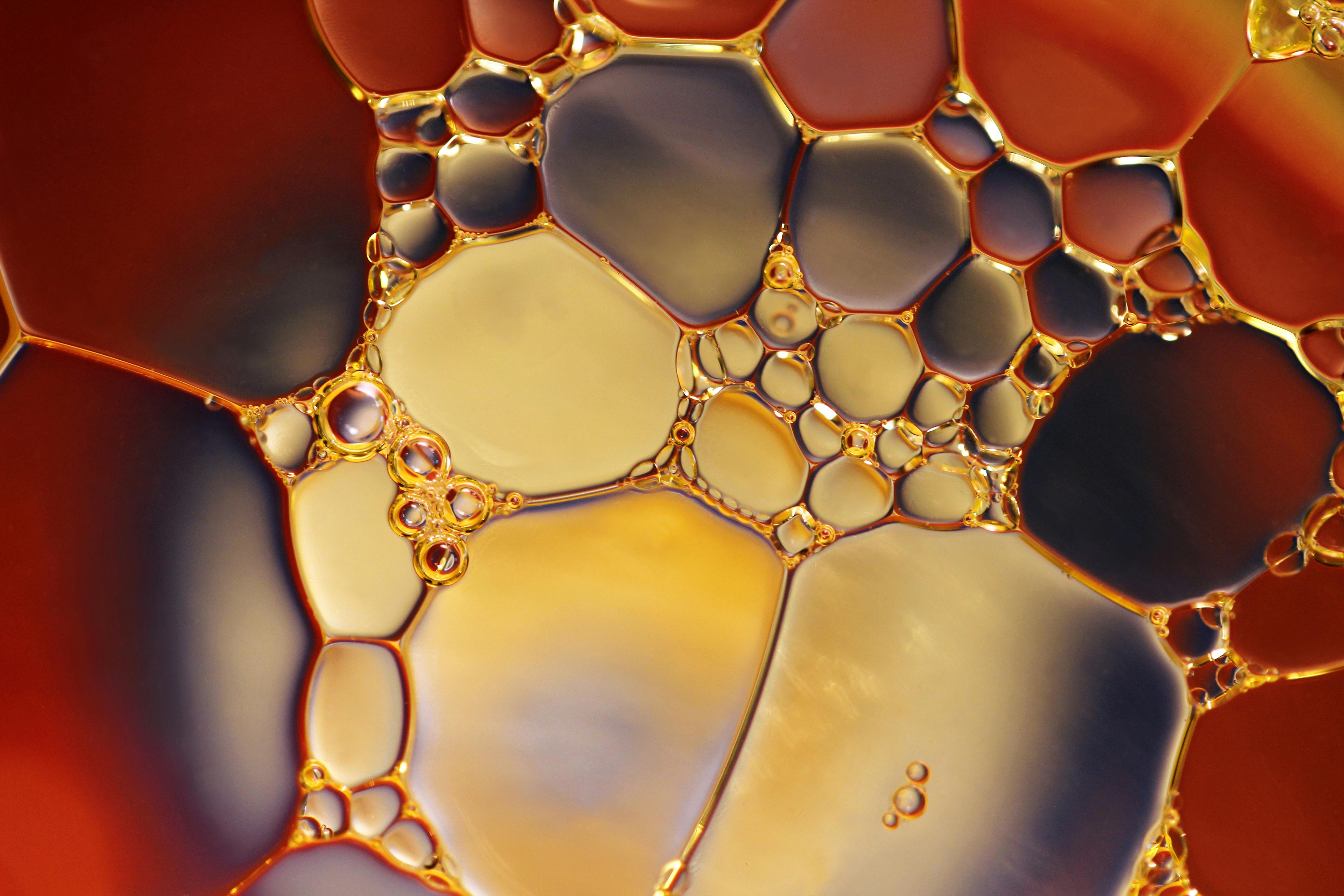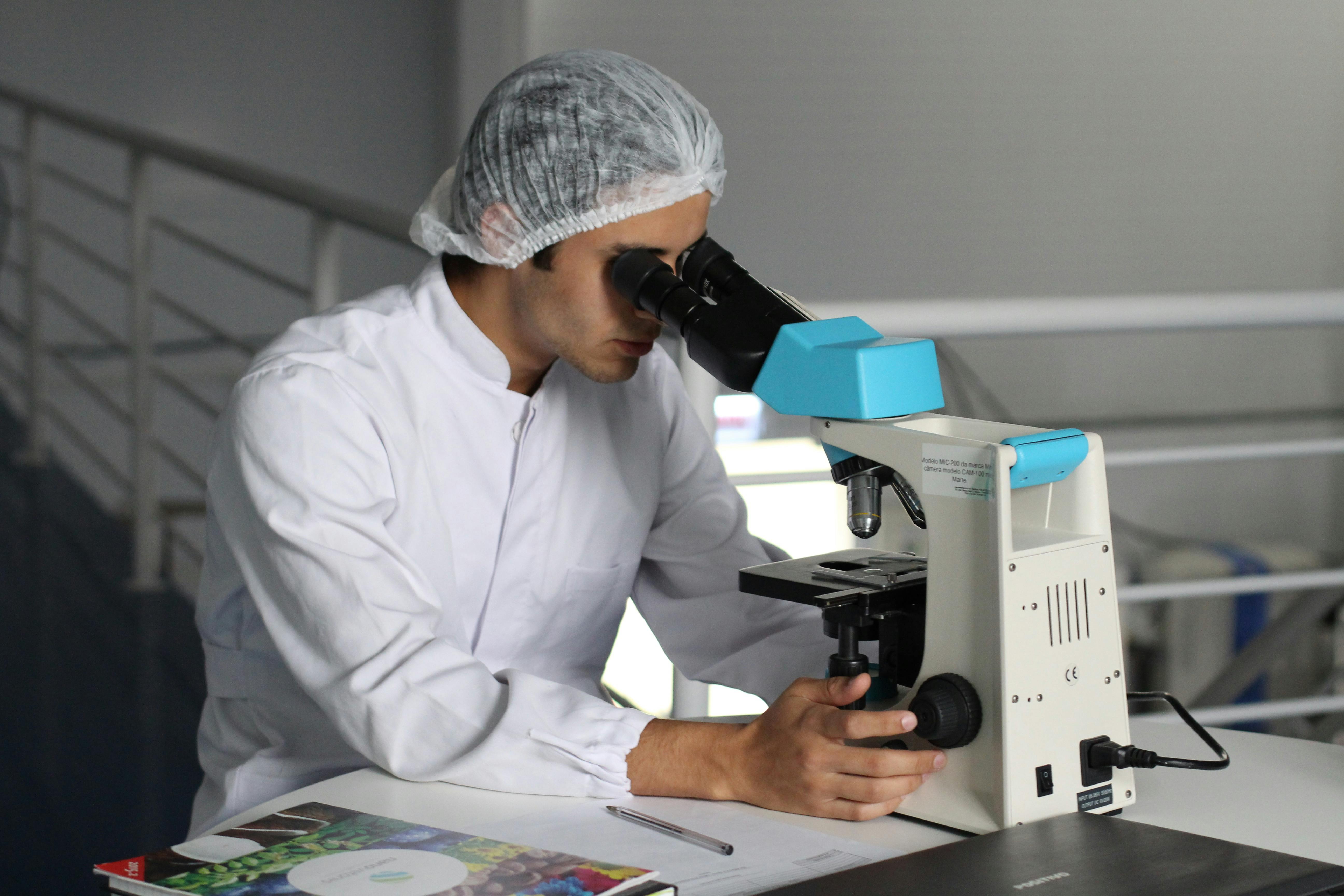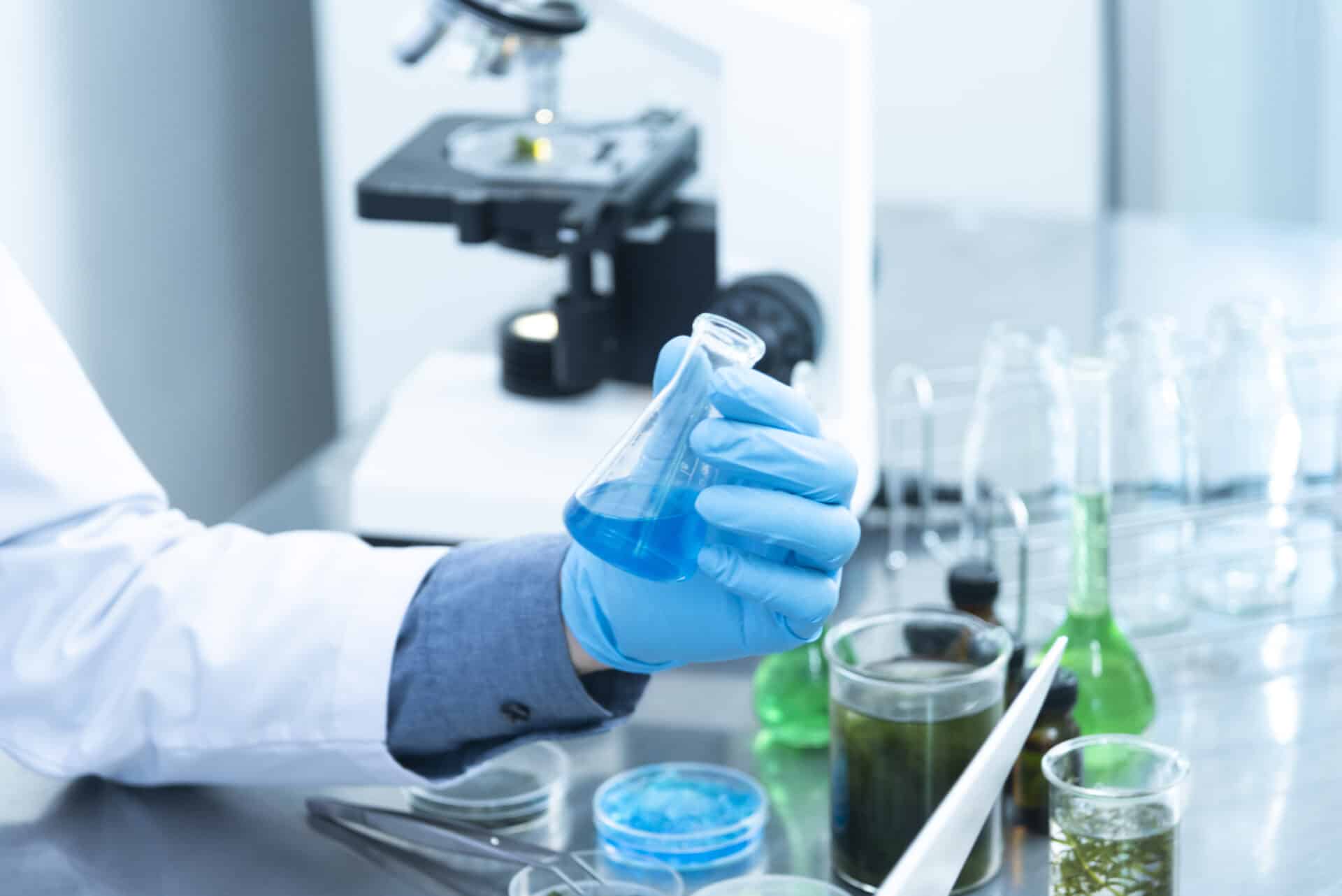Distillation chemistry is a process that involves the separation of two or more components from a mixture by selective boiling and condensation. It is a physical process that involves the use of heat to raise the temperature of a liquid until it boils, allowing the vapor to separate from the liquid. The vapor is then condensed back into a liquid, which can then be collected in another container. This process is repeated until the desired components have been separated from each other. Distillation chemistry has many uses in industry and research, including purifying chemicals and separating mixtures of liquids.Distillation chemistry is the process of separating a mixture of two or more liquids by boiling the mixture and collecting the vapors that are produced. The vapors are then condensed back into liquid form and collected. This process is used to purify a substance or separate it from other compounds.
Principle of Distillation
The principle of distillation is a process used to separate components of a mixture by boiling the liquid and condensing the vapor. It is based on the different boiling points of the components in the mixture and can be used to purify liquids. Distillation is a physical process that involves the separation of two or more components from a mixture based on their differences in boiling point. This process is done by heating the mixture until it boils and then condensing the vapor into a separate container. The different components have different boiling points, so they will evaporate at different temperatures and can be separated from each other. The condensed vapor is then collected at its respective temperature and can be used for further processing or storage.
The principle of distillation has been used for centuries to purify water, alcohol and many other liquids. It has been used in industrial settings to produce pure chemicals, such as ethanol, for use in alcoholic beverages and pharmaceuticals. Distillation can also be used to separate essential oils from plant materials and to make perfumes, cosmetics, fragrances, flavors, spices, food products and much more.
Distillation
Distillation is a process used to separate components of a liquid mixture by heating it to a boiling point and then condensing the vapor back into a liquid form. This process is used in many industries, such as food and beverage production, pharmaceuticals, and chemical production. There are several types of distillation, each of which has its own advantages and disadvantages.
Vacuum Distillation
Vacuum distillation is a type of distillation performed under reduced pressure. This process is often used for liquids that have high boiling points or volatile components that may be damaged by the high temperatures associated with regular distillation. Vacuum distillation can also be used to reduce the amount of energy required for distilling as well as reduce the risk of contamination.
Fractional Distillation
Fractional distillation is another type of distillation that uses multiple columns to separate components with different boiling points in a single pass. This technique is useful for separating complex mixtures into their individual components without having to use multiple individual distillations. It also allows for more precise control over the separation process, which makes it ideal for applications such as fuel production and oil refining.
Steam Distillation
Steam distillation is a type of process used to extract essential oils from plant material. In this process, steam is passed through plant material to extract volatile compounds from it. The essential oils are then condensed back into liquid form and collected separately from the plant material itself. Steam distillation is an effective way to produce high quality essential oils quickly and efficiently.
Atmospheric Distillation
Atmospheric distillation is a method used to separate crude oil into its various fractions based on their boiling points and vapor pressures at atmospheric pressure. This technique involves heating crude oil in large towers until it boils off into different fractions which can then be separated according to their individual properties. Atmospheric distillation is an important step in refining crude oil into useful products such as gasoline, diesel fuel, and other petroleum products.
How Does Distillation Work?
Distillation is a process used to separate components of a liquid mixture by boiling point. It works by heating the mixture until the vapor pressure of the liquid exceeds atmospheric pressure and then condensing the vapor back into its liquid form. The process of distillation relies on differences in boiling points to separate compounds from a solution. The higher the temperature, the greater the vapor pressure and therefore, more molecules will evaporate. It is important to note that if two compounds have similar boiling points, they cannot be separated by this method. The boiling point of a particular compound is dependent upon its molecular weight and structure.
The distillation process begins by heating a solution which causes some of its components to evaporate due to their lower boiling points. As these components evaporate, their vapor pressure increases until it exceeds atmospheric pressure and they are then condensed into a separate container. This process is repeated until all of the desired components have been separated from the original solution.
Once complete, distillation can yield pure substances with greater concentrations than what was found in the original mixture. This is useful for producing chemicals such as ethanol or essential oils as well as for purifying contaminated water or extracting precious metals from ore deposits. Additionally, distillation can also be used to make alcoholic beverages such as vodka or whiskey by separating ethanol from other impurities in fermented grain or fruit mashes.
Distillation relies on differences in boiling points between different compounds and requires an accurate thermometer in order to ensure that each component evaporates at its own specific temperature without overheating or undercooling any one component too much. Additionally, it requires precise timing and careful monitoring since some components may evaporate faster than others and could lead to an undesired result if not properly monitored and adjusted throughout the process.
Advantages of Distillation
Distillation is a process used to separate a mixture of liquids or gases into their individual components. This process has many advantages that make it the most widely used separation technique in the world. It is an effective, efficient and relatively inexpensive method for separating out components from complex mixtures.
One of the main advantages of distillation is that it can be used to separate liquids with different boiling points or vapor pressures. This allows for a wide range of substances to be separated from one another, including organic compounds, mixtures of two or more compounds, and volatile liquids. In addition, distillation can also be used to purify a single compound or mixture by removing unwanted impurities.
Another advantage is that distillation can be carried out at relatively low temperatures and pressures. This allows for better energy efficiency and lower production costs compared to other separation methods such as chromatography or crystallization. Additionally, the process requires minimal equipment and setup costs which makes it an attractive option for industrial applications where cost savings are important.
Finally, distillation is highly reliable and reproducible which makes it ideal for analytical applications as well as industrial production processes. The results are predictable and repeatable which allows for consistent product quality control over time.
Overall, distillation offers many advantages over other separation techniques such as chromatography and crystallization due to its effectiveness, efficiency, low cost of operation and reliable results.

Disadvantages of Distillation
Distillation is a process that can separate mixtures of liquids by boiling them and condensing the vapors. While this process has many advantages, it also has some drawbacks. One of the main disadvantages of distillation is its cost. Distillation requires energy to bring the mixture to its boiling point, which can be expensive for large-scale operations. Additionally, complex distillation systems require more energy, making them even more costly.
Another disadvantage of distillation is that it can be time-consuming. Depending on the complexity of the system and the components in the mixture, distillation can take a long time to complete. This can be frustrating for those who need quick results from their distillation process.
A third disadvantage is that some mixtures cannot be separated through distillation due to their composition or physical properties. For instance, if two liquids have similar boiling points, they cannot be easily separated through distillation since they will boil at approximately the same temperature. In this case, other methods such as chromatography or extraction may need to be used instead of distillation.
Finally, depending on what type of substances are being distilled, there may be safety concerns associated with this process. Some volatile compounds or hazardous materials can form dangerous vapors during distillation and must be handled with great care in order to prevent accidents or harm to personnel and equipment.
What Equipment is Used in Distillation?
Distillation is a process used to separate components of a liquid mixture through evaporation and condensation. This process is commonly used for purification purposes, and requires the use of specific equipment to ensure the distillate is of high quality. The most common pieces of equipment used in distillation include a heat source, still pot, condenser, collecting container, thermometer and distillate receiver.
The heat source used in distillation is typically an open flame or electric heating element. The heat source must be able to slowly bring the liquid mixture to its boiling point without causing too much evaporation. To ensure this, the heat should be adjustable and evenly distributed throughout the still pot.
The still pot holds the liquid mixture that needs to be distilled. Depending on what type of material is being distilled, this pot can be made from stainless steel, glass or copper. It should also have enough space for vaporization to occur before reaching the condenser.
A condenser helps cool down and collect the vaporized distillate from the still pot. The condenser is typically made from a copper tube which allows for efficient cooling due to its high thermal conductivity properties. As the vapor rises up through the tube, it slowly cools down and forms a liquid that can then be collected in a separate container.
The collecting container can be any type of vessel that can hold a liquid safely if necessary such as glass or stainless steel containers with lids or stoppers to prevent spills or contamination while handling it. This container should also have measurements marked on it so you know how much has been collected at any given time during distillation process.
A thermometer should also be included in any distillation setup as this will help monitor temperature changes throughout the process; allowing you to make adjustments if needed for better results. Lastly, a distillate receiver should also be included which is simply another vessel with measurements marked on it where all of your purified liquids will go after they’ve been condensed through your condenser tube.
All these components are essential pieces of equipment when performing any type of distillation process; ensuring that you get superior quality results each time you use this technique for purifying liquids!
Compound Separation Achieved Through Distillation
Distillation is a process that is used to separate compounds from a mixture. It works by boiling the mixture so that the components with different boiling points can be separated. This is because when a liquid is boiled, the vapor produced from it will contain more of the volatile components of the liquid and less of the non-volatile components. Thus, when this vapor is cooled and condensed, it will produce a liquid with different properties to that of the original mixture. This process can be repeated multiple times in order to achieve greater separation of the components in a mixture. In addition, distillation can also be used to purify liquids by removing impurities and other unwanted substances.

Conclusion
Distillation chemistry is a powerful tool for separating and purifying liquids. It is a process that has been used for centuries, and its use has continued to evolve over time. Through the use of distillation, scientists are able to purify and separate liquids from solids, gases, and other impurities. Distillation can also be used to concentrate liquids or reduce the volume of a liquid.
Distillation involves boiling a mixture of liquids in order to separate them by their different boiling points. This process is used in many industries, including food processing, pharmaceuticals, and distilling alcoholic beverages. Distillation can also be used to create essential oils from plant materials.
In conclusion, distillation is an important process in chemistry that has numerous applications. It can be used to purify or concentrate liquids, as well as extract essential oils from plants. With its wide range of uses, distillation will continue to be an invaluable tool for chemists for many years to come.

